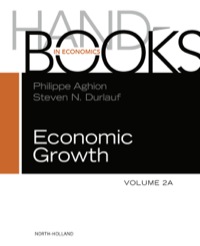(a) Suppose that a security is presently selling at $150, the nominal interest rate is 3% per annum compounding continuously, and the volatility of the security return is 25% per annum. Use SAS to find the no-arbitrage cost of a European call option that expires in three months and has a strike price $152. (b) Suppose that the current price of a stock is $100, and a European call option with a strike price $98 expires in 6 months. Suppose that the risk-free interest rate is 3% per annum compounding continuously. If the market price of this option is $4.5. Apply the New-Raphson method in 3 steps to find an estimate of the implied volatility of the stock return. (C) Suppose that the current price of a stock is $50 and the risk-free interest rate is 4% per annum compounding continuously. You observe that the market prices of a set of European call options on this stock with strike prices K1 = 40, K2 = 45, K3 = 48, K4 = 50, Ks = 52, Kg = 55, K7 = 60, all of which expire in 6 months, are c = 11, C2 = 6.8, c3 = 4.5, C4 = 3.3, C5 = 2.5, C6 = 1.8, c7 = 1, respectively. Use SAS to plot the implied volatility smile. (a) Suppose that a security is presently selling at $150, the nominal interest rate is 3% per annum compounding continuously, and the volatility of the security return is 25% per annum. Use SAS to find the no-arbitrage cost of a European call option that expires in three months and has a strike price $152. (b) Suppose that the current price of a stock is $100, and a European call option with a strike price $98 expires in 6 months. Suppose that the risk-free interest rate is 3% per annum compounding continuously. If the market price of this option is $4.5. Apply the New-Raphson method in 3 steps to find an estimate of the implied volatility of the stock return. (C) Suppose that the current price of a stock is $50 and the risk-free interest rate is 4% per annum compounding continuously. You observe that the market prices of a set of European call options on this stock with strike prices K1 = 40, K2 = 45, K3 = 48, K4 = 50, Ks = 52, Kg = 55, K7 = 60, all of which expire in 6 months, are c = 11, C2 = 6.8, c3 = 4.5, C4 = 3.3, C5 = 2.5, C6 = 1.8, c7 = 1, respectively. Use SAS to plot the implied volatility smile







